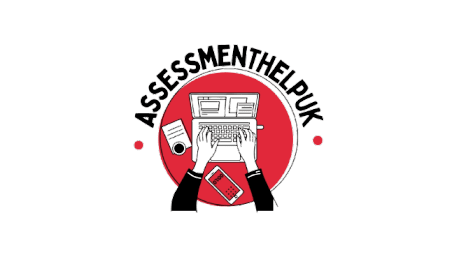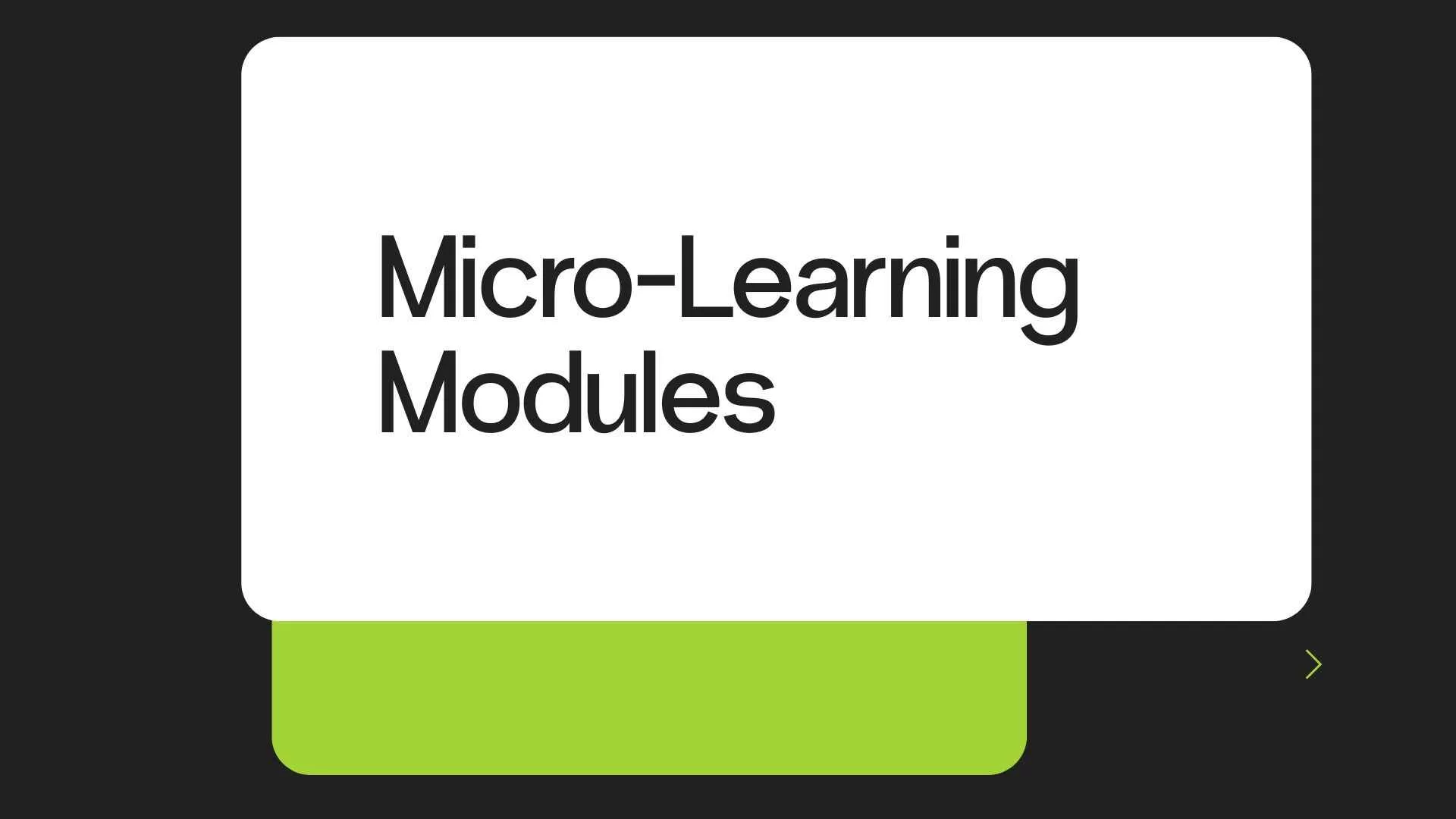Micro-learning has silently become the secret weapon in the world of training, not only because it’s trendy, nor because it looks good in an HR presentation, but because it finally solves the problem, fills the gap that traditional training never could: People want to learn, but don’t want to pause their life to do it.
At a time where an average attention span goes thin and workdays feel even busier than ever, the ideology of getting a 45-minute video or reading a dense manual is almost laughable. But a three-minute, sharply focused lesson? That feels more doable, it feels something on point, and it feels like learning made for real people, not the perfect ones.
This shift towards shorter, sharper lessons isn’t just a downgrade, it’s an upgrade rooted in how the human brain actually learns best. And that’s exactly why most of the micro-learning modules have become the right approach for a modern organization, educators, and self-learners.
Let’s break it down and see what makes micro-learning work so optimally, and how it’s silently reshaping the entire learning experience.
What Micro-Learning Really Means Today
To put that in perspective, micro-learning isn’t just some “short content”, it’s a complete strategic content, a tiny self-contained lesson that only focuses on one result, one skill, one behavior, or one single concept. Think about it like receiving information in clean, sharp, digestible slices rather than one oversized plate that you keep pushing away.
Here’s how a micro-learning module can take different forms:
- A short video
- A quick scenario
- A brief quiz
- A swipe-through tutorial
- A podcast snippet
- A short text-based lesson
- A mini interactive simulation
What matters the most here isn’t the “shortness,” it’s the intentional clarity. Each of the modules has a starting point, a takeaway, and a finish line. This module makes micro-learning easy to plug into any stage of a learner’s day. The best part? You don’t need a desk, you don’t need to be in silence, nor do you need a big chunk of time; all you need is a few minutes and a little willingness to learn something small but quite useful.
Why Micro-Learning Works Better Than Traditional Training
Here’s a simple truth: Micro-learning didn’t win because long training is always seen as “bad.” It simply won because it majorly supports the brain in ways that long formats simply can’t.
It naturally improves retention.
Nature’s call, our brains don’t love complexity. They love simple order. When the brain only has to process one thing at a time, it holds onto it much longer than ever. This is why micro-learning usually leads to high retention rates, even once the overall content stays the same.
It reduces cognitive fatigue.
Traditional courses usually mix various concepts in one session. By the halfway point, most of the learners aren’t learning something new; they’re just trying to survive. Micro-learning lessons keep the cognitive load quite low, which is beneficial for your brain to stay fresh and focused.
It removes the psychological barrier of “starting”
This is the point that makes micro-learning even more brilliant. People don’t just tend to procrastinate because the task is hard to do; they procrastinate because it feels too big to complete. A mini-module feels almost seamless to start, which is why, in most cases, completion rates go up.
It blends perfectly with busy routines.
At this point, you must be thinking, where does micro-learning actually fit perfectly into the natural pockets in a person’s day? Well, here’s a simple listing for it:
- The gap before a meeting
- A quick break
- A commute
- A slow work hour
- Pre-shift warmups
This flexibility makes learning feel like a lifestyle—not a chore.
It increases engagement without forcing it.
Learners easily adapt and continue voluntarily right after completing one short module. Why’s that? Just because each of the quick completions gives a subtle dopamine hit, it’s the same psychology behind checking off to-dos, except now, it’s being made to increase and build skills.
Where Micro-Learning Fits Best in Modern Training
Not one, not two, not three, there are many examples where micro-learning fits ideally, and, as a fact, it performs exceptionally well. And the best part about it? Micro-learning isn’t the answer to everything; it is rather shows than being too showy.
1. Onboarding and orientation
New hires easily get overwhelmed pretty fast. Micro-learning breaks the firehose into small sips; instead of drowning them in manual and 2-hour-long videos, you give them small, spaced-out lessons that help them to remember and apply information more precisely and naturally.
2. Skill refreshers and upskilling
Whenever an employee thinks to revamp a particular skill, let it be compliance rules, customer service scripts, software steps, micro-learning does it rapidly! No need for some expensive course, just the exact knowledge they need, the right knowledge, at the right time.
3. Product and process updates
Companies evolve constantly, and employees need to keep up. Micro-learning modules allow teams to release updates quickly without rebuilding entire training structures.
4. Compliance and mandatory learning
Let’s be honest here, people dread compliance training. Micro-learning makes it lighter, easier to complete, and far more effective at reinforcing correct behaviors.
5. Leadership and soft skills development
Short leadership lessons or real-life oriented modules tend to be more effective for conflict resolution, maintaining strong communication skills, coaching strategies, and empowering strong decision-making. Soft skills become much easier to apply when taught in small, real-world moments.
Design Principles That Make Micro-Learning Powerful
Micro-learning isn’t just “short training.” It’s intentional training. Every module is crafted with a design mindset that respects how people actually think, behave, and absorb information in the real world. These principles are what transform a tiny lesson into a genuinely effective learning moment.
One objective at a time
What really needs to be understood is that a micro-learning module focuses on a single specific goal. When learners know what they’re supposed to walk away with, attention levitates and retention improves. Trying to be an all-rounder creates nothing but confusion and clutter. Once you have a leading objective, the brain cleans the target; nothing overlaps, nothing competes, and the learner can instantly apply what they just learned.
Immediate relevance
Learners engage faster when they understand why a lesson matters within the first few seconds. The content should feel practical, not theoretical, and should tie directly to tasks, behaviors, or decisions they face daily. When a module clearly answers, “How does this help me right now?”motivation rises naturally.
Short, but not shallow
A micro-module may last only about two to three minutes maximum, but that doesn’t mean that it skimps on meaning. Depth comes from clarity, not length. A concise explanation, a quick example, or a strongly focused demonstration can teach much better than a long lecture.
Active engagement
Micro-learning works well when learners actively participate rather than watch, regardless of whether it’s about making a choice in a scenario, answering rapid questions, or even reflecting on a prompt. An active engagement keeps the brain in a highly alert mode. These tiny moments of interaction signal the brain to process the information more accurately.
Consistency over intensity
The true power of micro-learning is in the repetition. A single long training session is easy to forget, but small lessons that are spaced out over time create a durable understanding. When learners repeatedly encounter short modules, knowledge slowly builds layer by layer. It follows the same principle behind making muscle, slow and steady repetition that beats one intense session every time.
Accessible anywhere
Micro-learning has to meet learners where they already are—on the devices they use every day. Whether someone is on their laptop at work, their phone on break, or their tablet in their living room, the experience should feel seamless. The easier it is to start a module, the more likely people are to engage with it. Friction kills learning; accessibility fuels it.
The Future: Micro-Learning as the Default Training Model
It’s a change, not a fad, microlearning. Organizations everywhere, across every industry, are foregoing long, linear training paths for learning ecosystems with small, dynamic bursts at their core. Microlearning inherently matches the speed and patterns of contemporary life: fast, flexible, user-led, mobile-first, and highly concentrated on actual behavior change, and so it is happening. Training will be distinguished in the coming years by modular, customized learning moments that keep people alert without overpowering them, rather than by large, ungainly programs. Microlearning is the more human way, not only the more intelligent one to train.
FAQs
What exactly is a micro-learning module?
Designed to teach one particular idea or ability in only a few minutes, a microlearning module is a brief, concentrated learning experience.
Generally speaking, how long should a microlearning module run?
Most modules run from 2 to 10 minutes, giving the student easy, digestible lessons free of overload.
For challenging subjects, could micro-learning be beneficial?
Modular step design helps even complicated topics to be divided into clear, manageable learning spurts.
Is microlearning only suitable for online study?
Although perfect for virtual channels, micro-learning ideas may also be used in in-person seminars or mixed learning.
How does micro-learning affect knowledge retention?
Short, concentrated modules with active participation help students remember material more by strengthening skills over time.
How Individual students benefit from customized micro-learning.
Adaptive micro-learning systems let material be customized to fit each student’s pace, competence level, and interests.
Which sectors profit most from micro-learning?
Wherever fast skill upgrades are required, micro-learning works throughout industries ranging from corporate training and healthcare to technology, sales, and education.



